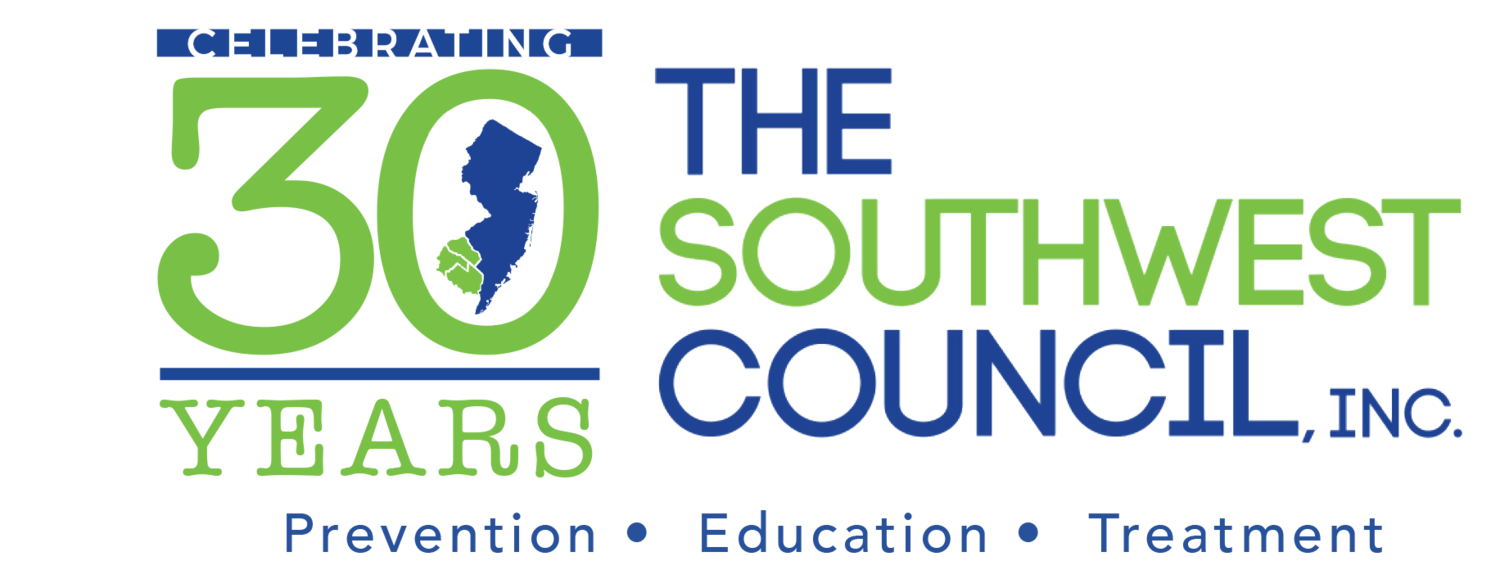After many years of successful mooching, I recently bought a house. Much to my disappointment, the bills have started to roll in and they’re all in MY name. Needless to say, Netflix documentaries have become my singular source of entertainment (read: I’m using my dad’s Netflix account to avoid a cable bill). This weekend, I watched a particularly relevant docu-drama called Dr. Feelgood which took on the prescription painkiller epidemic and targeted Dr. William Hurwitz, the doctor convicted of narcotics distribution for over-prescribing opiate medication in Virginia.
It turns out, asking physicians to share in the responsibility of preventing prescription drug abuse is not new to the current epidemic. The case of Dr. Hurwitz is an interesting one; he was a physician working with patients in chronic pain, and prescribing alarming doses of narcotic pain medication to these patients. Dr. Hurwitz was aware of the tolerance which builds from narcotics, and would account for this by prescribing higher doses. For one patient, Dr. Hurwitz was prescribing more than 1,600 pills. Per day.
My recent move and financial frugality (thanks, dad) actually created space for some valuable research questions (you’re welcome, Joe). Should Dr. Hurwitz and others like him be held liable for this kind of prescribing of narcotics? Who is actually to blame for the role prescription medication plays in the heroin epidemic? How should physicians treat the one-in-three people who experience chronic pain?
“Of course he should be held accountable, Jackie!” I can hear you yelling at your computer screen. “1,600 pills per day for one person is criminal!”
Sure, a thousand plus pills per day is probably irresponsible prescribing, but let’s take a closer look at Dr. Hurwtiz’s attitude toward chronic pain and the context for narcotic medication in the 90’s.
First of all, there is no test to verify pain. Physicians ask patients to scale from one to ten the intensity of their pain, but there’s no objective measurement to prove this patient is truly an eight on the scale. Doctors have an ethical responsibility to do no harm, and allowing a patient to stay at an eight on the pain scale seems to creep into harmful territory. “But, they could be lying! What if they aren’t in pain and they are drug seeking! What if their ten isn’t really a ten?!”
I hear you yelling.
It’s complicated. For a clinician specializing in substance use disorders, any hint at drug seeking behavior becomes therapeutic fodder. For a chronic pain specialist like Dr. Hurwitz, an eight on this scale becomes an assumption of a pretty uncomfortable patient. “Dose is irrelevant” Hurwitz defended. “The right dose is whatever produces tolerable side effects."
It gets even more complicated. In a 1986 groundbreaking study by Portenoy and Foley, 38 patients on opioid analgesics for non-malignant pain were studied to determine if this course of treatment was safe and effective. This study, which is cited often in this debate, found that opioid maintenance therapy is not only safe but a “more humane alternative to the options of surgery or no treatment in patients with intractable non-malignant pain and no history of drug abuse” (Portenoy & Foley, 1986). By the time Dr. Hurwitz got settled in his career, narcotic medication was the gold standard for pain management.
It gets even more complicated. Opiates are incredibly effective in relieving pain, and have always had social consequences. A response to “Narcomania,” the 1914 Harrison Narcotics Tax Act essentially forbid the use of opioid medication except in very extreme circumstances. Portenoy’s 1986 paper reassured the community that fears of addiction caused by prescription opioids were unfounded, and that no dose is too high. Thirty years later and wiser, the Federal government issued guidelines recommending opiates be prescribed for no more than 3-7 days (CDC, 2016). It seems that the metaphoric jury is still out about how to responsibly treat chronic pain, and what (if any) role opioid medication should play.
It gets even more complicated. The case against Hurwtiz accuses the doc of prescribing large doses and quantities of narcotic medication, with the express knowledge that his patients were selling, at least in part, their prescription pills. “He crossed the line from a healer to a dealer,” remarked Assistant U.S. Attorney Gene Rossi during his closing arguments on April 18, 2007. At least twelve of Hurwitz’s former patients were convicted of drug crimes as of his 2007 trial. Hurwitz was sentenced to 25 years in prison, which was ultimately overturned (though he was stripped of his medical license).
This part is less complicated. We know more now than we did in the 90’s and we’ve learned a great deal since Portenoy’s 1986 study of 38 pain sufferers. We know that for every one-in-three chronic pain sufferers there are four-in-five heroin users who started with the misuse of prescription pills (ASAM, 2016). We know that drug overdose is the leading cause of accidental death in the United States, and we know that the opioid epidemic is the driving force behind these overdoses (MMWR Wkly Rep, 2016). We know that more than 20 million Americans suffer from a substance use disorder. We know that prescription drug overdose deaths have tripled over the last few years (ASAM, 2016), and we know that these overdose deaths are trending upwards, not down.
We know we have to do something.
With this new information comes a spirit of collaboration among mental health and addiction professionals, physicians, and the community at large. Responsible prescribing and education about what it means to truly “do no harm” are important pieces of a very large and multifaceted puzzle. Conversation, education, and yes, maybe even Netflix documentaries, are vital to this fight against the opioid epidemic.








